The Current Music Scene in Kenya
There is a dynamic pulse in the rhythms of contemporary Kenyan music. For many years Benga was the dominant sound in Kenyan pubs, clubs and on national radio. The main thrust of the Benga rhythm is “the bouncy finger-picking guitar technique” (Retracing the Benga Rhythm, Ketebul Music, 2008). While the sound originated in Western Kenya, it diffused very quickly to the capital city Nairobi and on to the rest of the country. This article gives an overview of Kenya's popular music scene and the various sub-genres currently dominating the scene.
 Nyota_Ndogo
Nyota_Ndogo
The Current Music Scene in Kenya By Dr Joyce Nyairo Overview There is a dynamic pulse in the rhythms of contemporary Kenyan music. For many years Benga was the dominant sound in Kenyan pubs, clubs and on national radio. The main thrust of the Benga rhythm is “the bouncy finger-picking guitar technique” (Retracing the Benga Rhythm, Ketebul Music, 2008). While the sound originated in Western Kenya, it diffused very quickly to the capital city Nairobi and on to the rest of the country. But today on radio and television, the Benga sound has ceded some space to emerging forms such as the local hip hop flavor known variously as kapuka and genge. Equally important is the genre loosely termed as Gospel. This is a category of music that transcends all the genres – benga, reggae, hip hop RnB. It is distinguished as Gospel based on the heavy Christian message that dominates the lyrics. Some traditional ethnic forms still persist such as the dodo music of Ogoya Nengo and from the Coast Taraab sounds currently promoted by Nyota Ndogo and the old man Zein. Ethnic-themed nights where particular communities are invited to celebrate their culture – music, food, drink and dress – have been a very popular aspect of the entertainment scene in the urban centres. Such nights will usually be billed according to some ethnic name or catchy phrase. For instance, the Luhya community from Western Kenya is united around their word of greeting and, therefore, billed as Mulembe Night. The Luo who hail from around Lake Victoria have a night named after Ramogi, a revered cultural legend. The Mugiithi night stems from a dance form that became popular amongst the Kikuyu of Central Kenya in the late 1990s. In the capital Nairobi, such nights are held at popular clubs such as the Carnivore on Langata Road and City Cabanas off Mombasa Road. Institutions such as Alliance Francaise, the Goethe Institut and the Godown Arts Centres regularly stage concerts that are very popular with urban youth. Other festivals of music include Sawa Sawa, Rift Valley Festival and Blankets and Wine. The Artistes Some of the big Benga bands of yesteryear that are still active include: • Maroon Commandoes • Joseph Kamaru & City Sounds • Jamnazi Afrika • Les Mangelepa • Super Mazembe • DK Mwai • Kilimambogo Boys Band • Shirati Jazz Band • Princess Julie From the younger generation doing some form of Afro-fusion we have: • Eric Wainaina • Suzanna Owiyo • Kayamba Africa • Sauti Sol • Just a Band • Winyo • Makadem • Nameless • Wahu • Wyre The big names in local hip hop are: • Jua Cali • Nonini • Redsan • Nazizi (dancehall and reggae) • Mejja • Size 8 • and Camp Mulla who are currently enjoying massive airplay with their first ever song, “Party don’t stop”. They’re the first Kenyan group to be nominated for the BET Awards under the category “Best African Act”. The big Gospels acts include: • Juliani (hip hop) • Daddy Owen • Roughtone • Ringtone • DNG • Esther Wahome • Jemimah Thiongo To date Kenya has produced two big international names – Ayub Ogada who gave us Koth Biro, the theme song for the film The Constant Gardner and Roger Whittaker best remembered for My Land is Kenya and The greatest Kenyan song is, arguably Malaika recorded by Fadhili William and the Equator Sounds Band in the early 1960s and later made world-famous by the South African songstress Miriam Makeba. Some of the institutions and production houses that have been instrumental in the recent boom in Kenyan popular music are: • Ogopa DJs (Hip hop) • Calif Records (Hip hop) • Homeboyz (hip hop) • Samawati • Maramoja (Gospel) • Sakata (Gospel) • 4Play (hip hop) • Kijiji Records • Kassanga (Benga) • Tiriki Electronics (Benga) • Ketebul Music (traditional and contemporary sounds) The national broadcaster, Kenya Broadcasting Corporation, has always been instrumental in giving local acts exposure on both radio and television. Today Citizen Radio and TV, run by Royal Media Services gives massive airplay to benga groups from rural Kenya. Their most popular shows include Tafrija, Mambo Mseto and the Sunday Gospel show, Rauka. KTN television run by The Standard Media Group hosts Strt8 Up, comprising local hip hop music videos. Nation Media Group’s NTV has been running the popular hip hop show, The Beat for close to a decade now and the local press has dedicated music pull-outs such as The Buzz (Daily Nation) and Pulse (The Standard) which have been influential in building a local celeb culture. More importantly, the work of Ketebul Music in the Retracing Popular Music series which archives and celebrates the music and cultural workers of yesteryears is an important cornerstone in the work of understanding contemporary Kenyan culture.















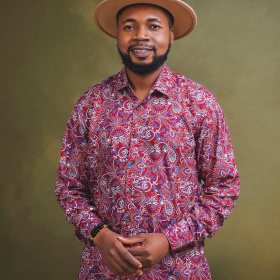
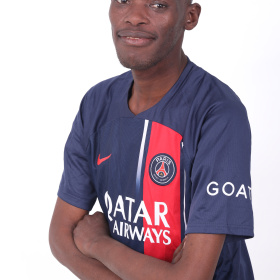


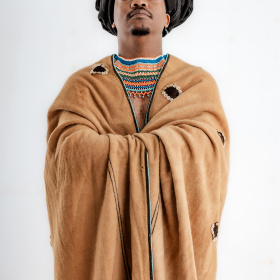


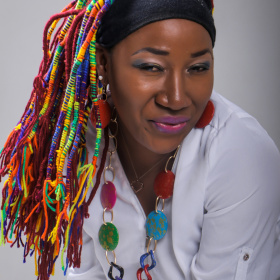
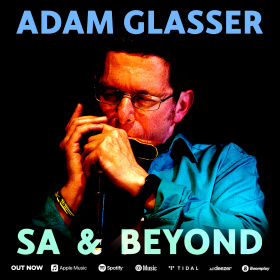
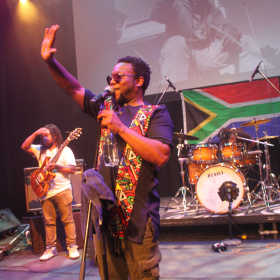

Comments
Log in or register to post comments